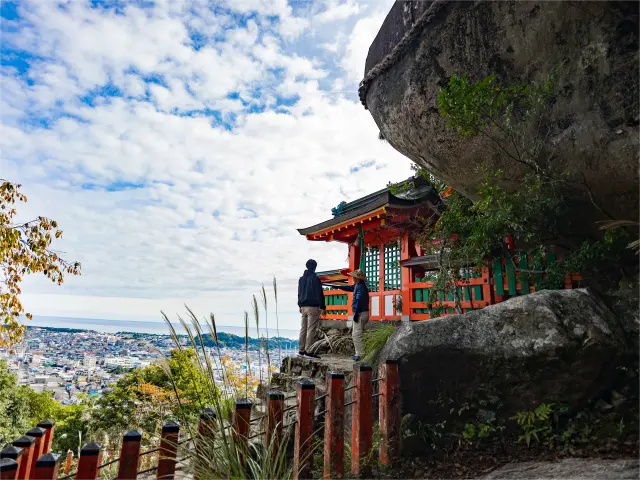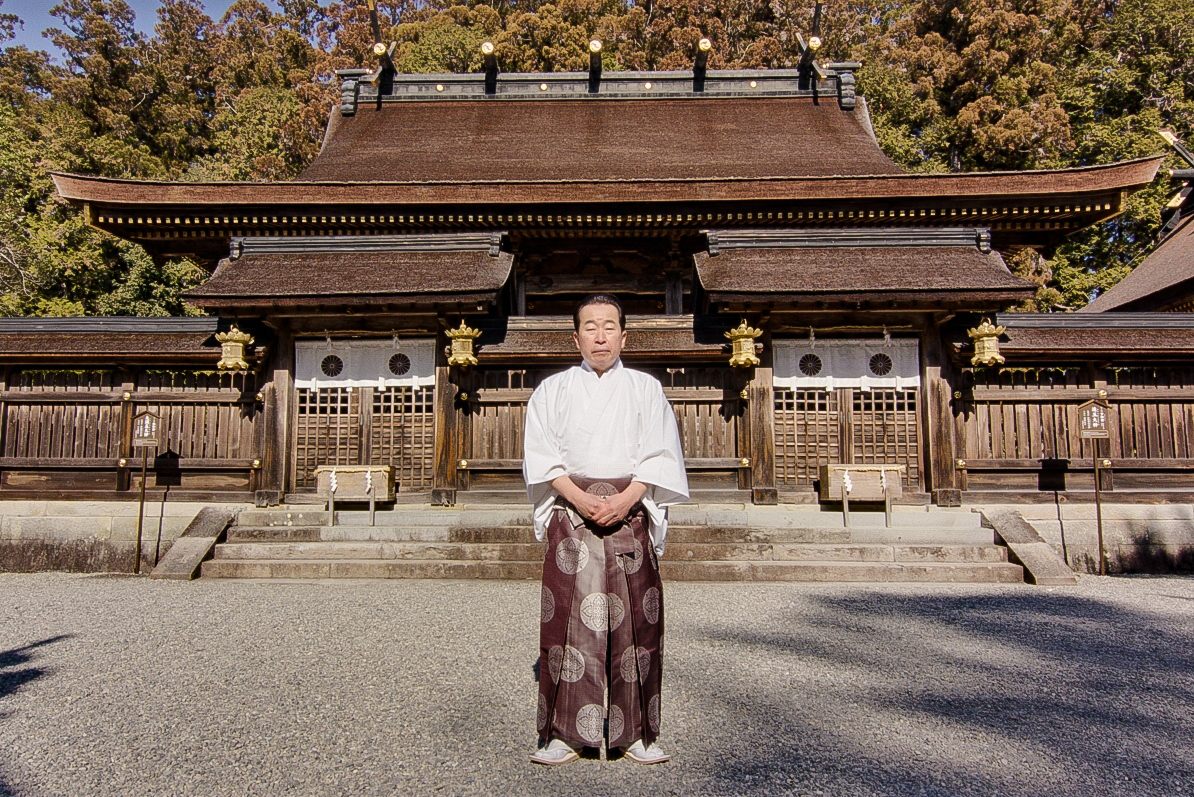
Discover the unique spiritual culture of Kumano with exclusive insight from a chief priest at Kumano Hongu Taisha
Last update
The Kii Peninsula is the largest peninsula throughout the Japanese archipelago, and juts southwards out of Honshu, the main island of Japan, into the Pacific Ocean. The vast Kii Mountain Range covers most of the peninsula and inspired by these towering mountains and serene forests in between, the area has inspired a rich history of mountain and nature worship.
The Kumano area is the very furthest to the south of the peninsula and in these remote mountains we find three of the most important shrines in Japan, Kumano Hongu Taisha, Kumano Hayatama Taisha, and Kumano Nachi Taisha. Collectively they are known as Kumano Sanzan, or the Three Grand Shrines of Kumano.
The tradition of going on a pilgrimage to Kumano and these three grand shrines was popularized during the Heian period (794-1185), when successive Japanese emperors visited Kumano. The pilgrimage routes across the Kii Mountain Range that connected these grand shrines became known as the Kumano Kodo (literally, “the old Kumano roads”) and together with the many locations of spiritual significance along the paths are registered as a UNESCO World Heritage Site, the Sacred Sites and Pilgrimage Routes in the Kii Mountain Range.
The setting for this very special cultural experience is Kumano Hongu Taisha, one of all the three shrines, which are collectively considered a central point for the Kumano faith.You will be guided by a shinto priest and be given exclusive access to the shrine grounds, including inner sanctums not usually open to the public. If available, the chief of priest will lead the experience.
Experience the unique spiritual tradition that reverberates throughout this sacred place and understand its important place in Japanese culture.
An ancient Japanese spiritual tradition born in the depths of remote mountains
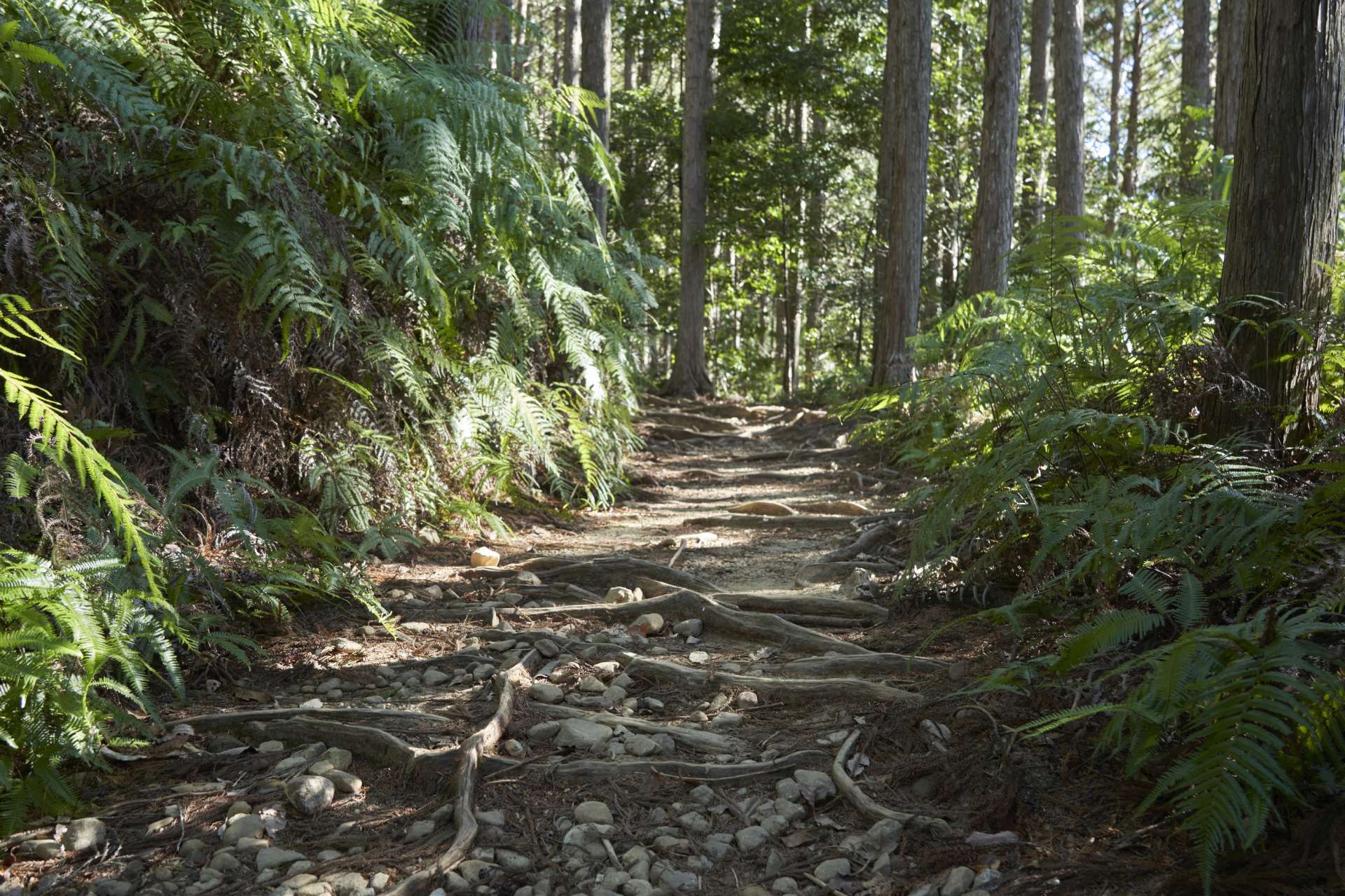
The Kumano Kodo is a pilgrimage route still active in the mountains of Kumano. Over its 1000-year history an imaginable number of pilgrims have walked these serene paths.
Kumano consists mostly of steep mountainous areas, as well as coastal areas facing the Pacific Ocean. It is naturally isolated, with very few plains and the mountains restricting easy access. But this, along with beautiful scenery, have imbued it with a sense of mystery for the Japanese people since antiquity. This sense of mystery and spiritualism would develop into what is called the Kumano faith, and the sacred sites where the Kumano Sanzan (Three Grand Shrines of Kumano) are located.
The area’s roots are found in the oldest historical record of Japan, the Nihon Shoki, where Kumano is stated as the place where Izanami-no-mikoto, the god of the Japanese nation was buried, and as such it was seen as a gateway to the next life through which all must pass. Then, in the Nara period (710-794), the Kii Peninsula would become a popular place for mountain asceticism, and this formalized a degree of mountain worship, especially in the area that links Mt Yoshino and Mt. Koya. The foundations for the Kumano faith were set, and it continued to develop over the centuries that followed.
The Kumano faith reached the peak of its popularity in the late Heian (794-1185) and Kamakura period (1185-1333). From the then capital of Japan, Kyoto, emperors and members of the Imperial Family would make frequent pilgrimages to Kumano. It was believed that they, and by extension, Japan would receive great merit by visiting frequently, and as such for a period, subsequent emperors would make the visit on an almost annual basis. On their visits it is said that the Imperial Family would pray for the those who had lost their lives and would ask the deities for the ongoing stability of the nation. Following in their footsteps the Kumano pilgrimage become enormously popular with ordinary people as well, and the routes we now know as the Kumano Kodo were structured in earnest.
The origins of Kumano’s Gongen faith, a fusion of Shinto and Buddhist deities
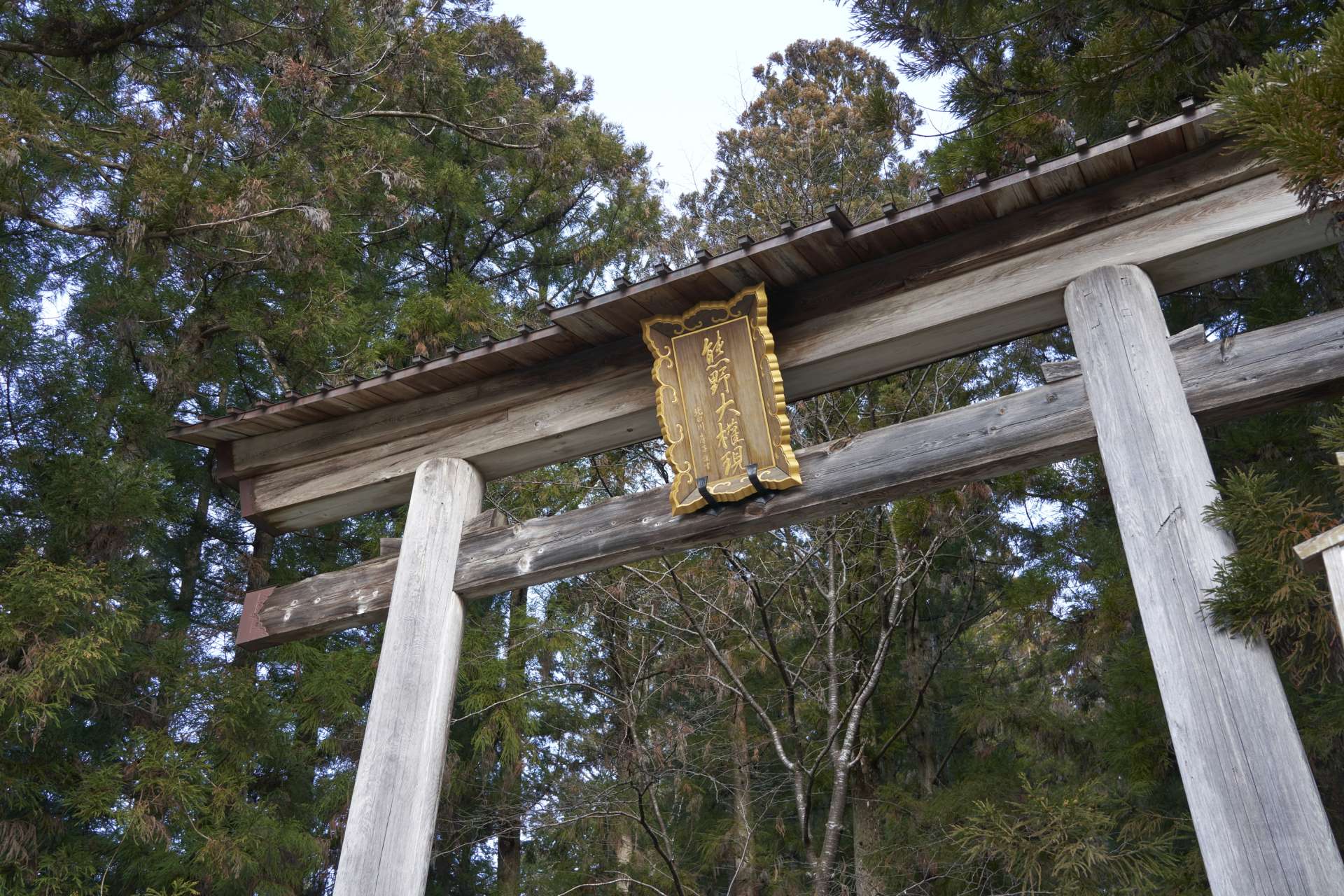
The words “Kumano Daigongen” are inscribed on the plaque that hangs above the grand torii gate at the main approach to Kumano Hongu Taisha.
This indicates how crucial the idea of “gongen” is to the Kumano faith.
The spread of the Kumano faith roughly coincides with the spread of Buddhism in Japan, and it may surprise visitors to see many Buddhist deities present within Shinto shrines. In the earliest days of the Kumano faith, the original objects of worship were the three sacred place of Hongu, Hayatama, and Nachi, where the Three Grand Shrines of Kumano currently stand. From nature worship the foundation of the shrines would introduce Shinto worship, and as the shrines started to interact with each other they would invoke the deities of each other’s shrine along with their own main deity. This created an open idea of spiritualism that left the core belief intact while being open to new deities and beliefs.
When Buddhism entered Japan from East Asia its influence naturally spread to Kumano as it was the spiritual hub of the time. Due to the aforementioned openness to incorporating new beliefs in existing tradition a concept called honji suijaku developed which allowed for a co-existence of Shinto and Buddhist deities. In this theory Shinto deities, or kami, are the Japanese manifestations of the Buddha and bodhisattva.
These manifestations are called gongen, and essentially creates a Japanese indigenous version of Buddhist deities. There is one gongen enshrined in each of the three sacred mountains and their respective grand shrines. At Hongu we find Ketsumimiko-no-okami the gongen of Amida Nyorai (Buddha of Infinite Light). At Hayatama there is Hayatama-no-okami who represents Yakushi Nyorai (Healing Buddha). At Nachi the gongen is Fusumi-no-okami, an incarnation of Senju Kannon (Thousand-armed Kannon). Together they are the three gongen known as Kumano Sanjo Gongen.
This is an important part of the Kumano faith and understanding this culture was lead you to fully appreciate Kumano.
Kumano Hongu Taisha: An important part of the Kumano Faith
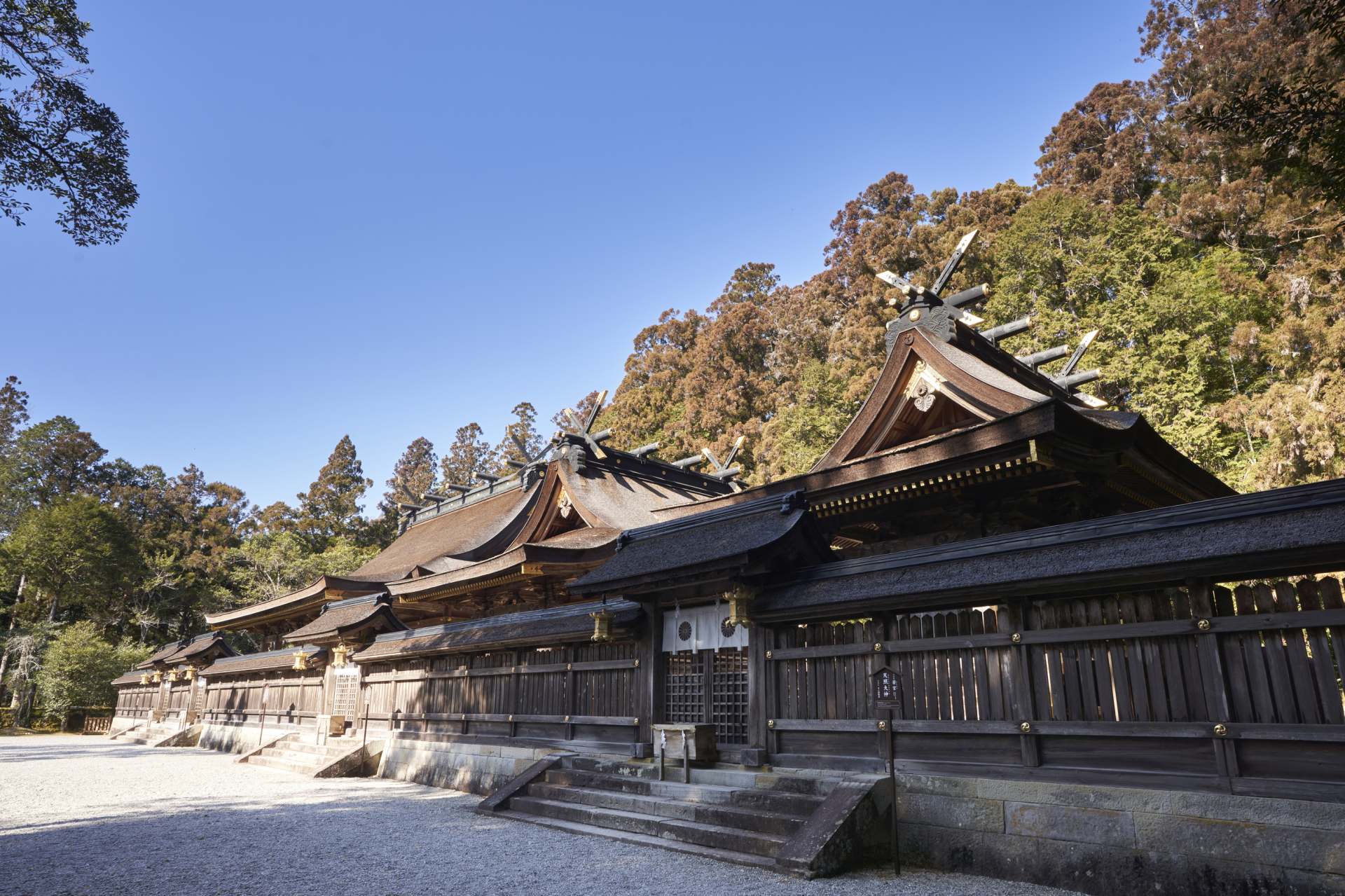
With a magnificent forest behind it the shrine buildings are built in the gongen-zukuri style with hinoki cypress roofs.
The main hall is not the largest, but the third gate to the right called the Shojo-den.
Kumano Hongu Taisha is one of the Three Grand Shrines of Kumano that are central to the Kumano faith.This is the home of spiritualism for many Japanese people.
After passing through the torii gate and climbing 158 stone steps you will be faced by a gate bound with a thick rice-straw rope called a shimenawa. This indicates you are entering an area that has been ritually cleansed. Beyond are the main shrine buildings themselves that stand dark and grand amongst the verdant forest framing them.
The Shojo-den, second from the right, is the main building enshrining the principal deity, Ketsumiko-no-okami, the gongen associated with healthy harvests and forests. In Shintoism this is the deity Susanoo-no-mikoto, the younger brother of the sun goddess Amaterasu, and in Buddhism this is Amida Nyorai (Buddha of Infinite Light). As such this is a structure imbued with powerful spiritual significance.
The present shrine is located on a hill along the Kumano River, but it originally stood on a broad sandbar where the Kumano, Otonashi, and Iwata Rivers converge. The original shrine grounds were around eight times the size of the current shrine and had 12 shrines lined up in a row, as well as temples, and lodgings for pilgrims. However, the majority of the shrine buildings were washed away in a devastating flood in 1889.
In 1891 those shrine buildings that by some miracle had survived were relocated, and the others rebuilt on the current site. The former shrine site was renamed “Oyunohara” and is marked by the largest torii gate in Japan. As the sacred grounds of old shrine, the area is carefully protected, and a number of stone monoliths and shrines indicate where the main shrine once stood
Feel the essence of Kumano Gongen worship through an exclusive visit to the main sanctuary
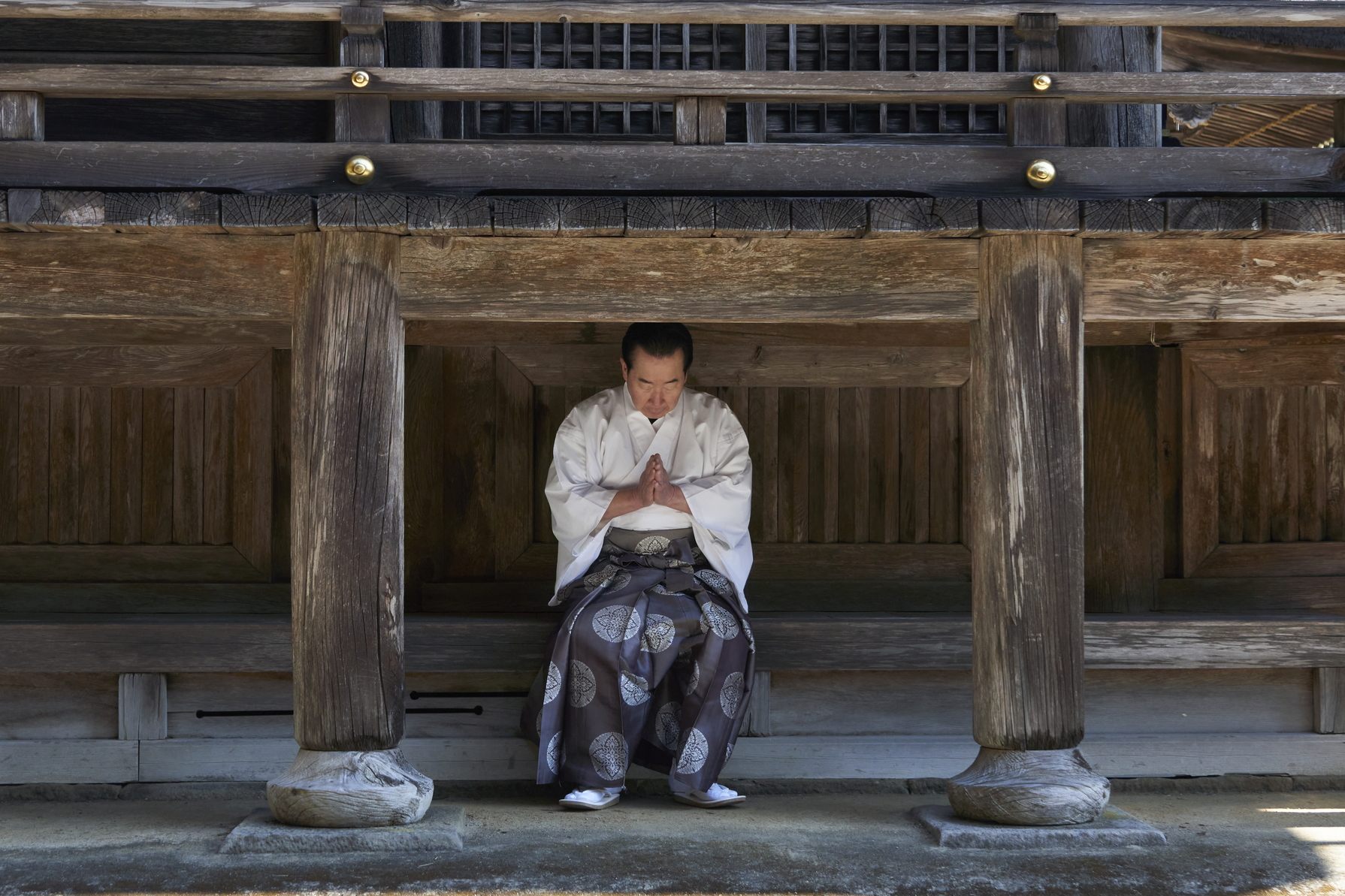
This is the very structure where Ippen Shonin (1239-1289), founder of the Jishu sect brand of Pure Land Buddhism received a revelation from the gods.
Put your hands together in silence on this sacred spot.
The special cultural experience at Kumano Hongu Taisha is an exclusive visit led by a Shinto priest. If scheduling allows, the chief priest will lead the visit.
This special cultural experience was developed exclusively for this tour and culminates in a very rare opportunity to go beyond the area open to the public, and into the inner sanctum of the shrine. In the inner sanctum you will be invited to get close to the place where the principal deity is enshrined, the Shojo-den.
The Shojo-den is ringed by a raised decked corridor on wooden struts, and under it a cloister with a low beam where one can sit. It was here where Ippen Shonin (1239-1289), founder of the Jishu sect brand of Pure Land Buddhism was said to have received a revelation from Kumano Gongen, the principal deity of the shrine.
At the time Ippen Shonin was troubled by how best to preach the Buddhism that was spreading throughout Japan at the time. After praying here, Kumano Gongen appeared to Ippen Shonin and said, “Do not be concerned by how to preach dharma. Do not choose between belief and disbelief. Do not be concerned by purity and impurity.” In this moment Ippen Shonin gaining instant enlightenment and realized that his concerns were a barrier to a greater calling.
The 16th generation chief Priest Ietaka Kuki explains, “this is a place of rebirth and revival. In following the revelation of Kumano Gongen, we serve all people, regardless of their faith, class, gender, age, or their perceived purity. We simply pray
for everyone who visits Kumano, and hope they experience a similar spiritual rebirth.”
As part of the special cultural experience, you will visit the place where this revelation occurred and be given the rare opportunity to pray with the guidance of a priest. As you sit calmly in prayer, lose yourself in the moment and reflect on the timeless wisdom of Kumano Gongen.
Preview the experience online
Check also...
![Take a leisurely stroll in the retro and fashionable space [Kuroe, the town of Kishu lacquerware]](/kansaiguide/data/article/21000/20278/20250618_133123_770e1e88_w640.webp)
Take a leisurely stroll in the retro and fashionable space [Kuroe, the town of Kishu lacquerware]

Consider your accommodation in the Kansai area!

Restrictions on Large Baggage

Hidden Stories in Stone: Exploring Japan’s Castle Walls

Feel Like a Lord: Castle with Stunning Panorama Views

Experience the True Essence of Japan through Castles, Cultural Treasures, and Timeless Gardens
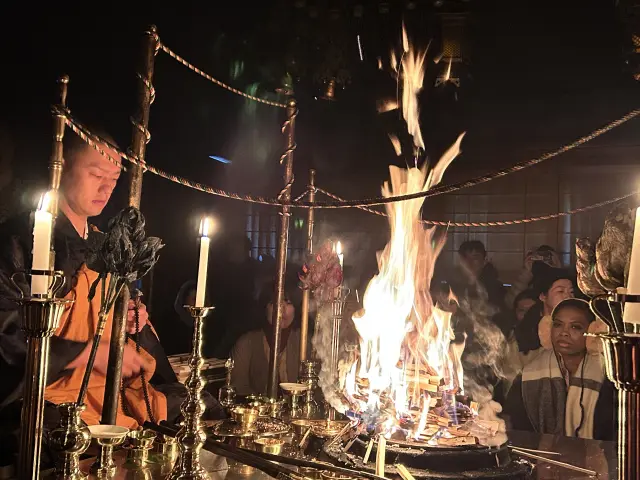
Departing from Osaka, Exploring Wakayama and Tokushima: A Journey Connecting Mountains and Sea with a Focus on Mindful Sustainability
